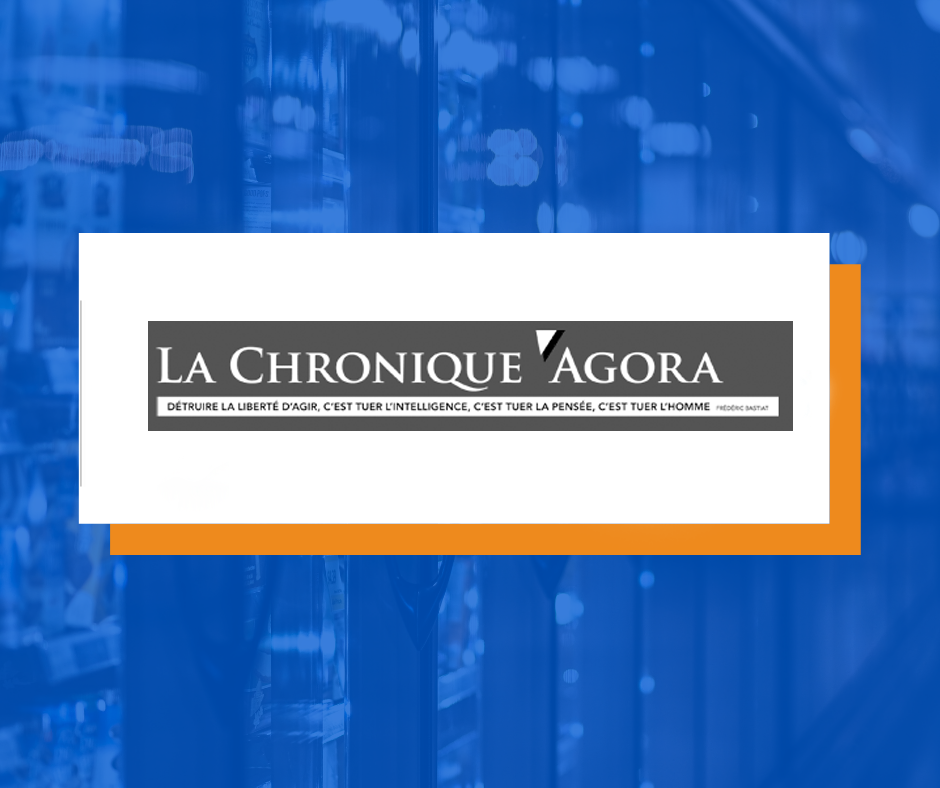In the fast-paced world of technological advancement, innovation is often hailed as the key to progress. Yet, while some regions focus on pushing boundaries, others seem to prioritize regulation. The result? Companies in these areas end up spending more time adapting to rules than creating groundbreaking products that improve consumers’ lives. This divergence is evident when we compare regions like North America and Asia, which heavily invest in innovation, to the European Union, where regulatory frameworks often take center stage.
Example 1: Space Exploration vs. Bottle Caps
In the U.S., companies like SpaceX are leading the charge in space innovation. Over the past decade, SpaceX has developed rockets that are smaller, lighter, and more efficient than anything previously seen in the space industry. Their Starship project, for instance, aims to revolutionize space travel with reusable rockets, cutting launch costs by up to 70% and unlocking the potential for commercial space tourism and interplanetary travel. Since 2016, SpaceX has successfully reduced the number of parts in its rockets, speeding up production time and cutting costs by millions.
Meanwhile, in the European Union, regulatory focus has shifted toward plastic waste reduction. A key example is the EU directive that mandates bottle caps to be permanently attached to plastic bottles to prevent littering. While this is environmentally motivated, it distracts from the broader global race in technological innovation. The time and resources spent by companies on complying with this regulation could have been invested in more impactful advancements. In contrast, SpaceX’s innovations are literally reaching for the stars while Europe tightens its grip on plastic caps.
Example 2: Robotics vs. Standardization
Across the Atlantic, robotics is becoming a focal point of cutting-edge technology. Companies like Boston Dynamicsand Tesla are developing robots capable of performing complex human-like tasks, with potential applications ranging from healthcare to logistics. Boston Dynamics’ Spot robot, for example, took roughly four years to go from concept to market, with millions of dollars invested in R&D. The global robotics market is expected to reach $214 billion by 2030, with America and China leading this innovation boom.
In contrast, the European Union is focused on regulating technology hardware. One notable example is the regulation mandating the use of USB-C chargers for all mobile devices by 2024. While this standardization could reduce electronic waste, it pales in comparison to the transformational impact of robotics on the global economy. The EU’s focus on unifying charging cables, while helpful for consumers in a small way, doesn’t advance the frontier of human capability the way robotics does.
Example 3: Supersonic Flights vs. Flight Bans
Supersonic flight is poised to make a comeback, with American companies like Boom Supersonic planning to launch commercial supersonic jets by 2029. Boom’s Overture jet could halve the time it takes to travel between continents, slashing a New York to London flight from 7 hours to just 3.5 hours. The U.S. government has already shown support for this innovation, with plans to ease regulations to accommodate supersonic air travel, creating a market with an estimated worth of $260 billion.
Meanwhile, in Europe, France has gone the opposite route, banning short-haul domestic flights to reduce carbon emissions. While the environmental concerns are valid, the decision exemplifies the contrast between a focus on cutting-edge technological advancement and the tightening of regulations. Europe may find itself grounded while the U.S. soars ahead with supersonic air travel.
Example 4: Agricultural Innovation vs. Farm Regulations
In the U.S., companies are investing heavily in agricultural technology, utilizing robotics, artificial intelligence, and cleaner chemicals to revolutionize farming. John Deere, for instance, has developed AI-powered tractors that can autonomously plant crops, increasing efficiency and reducing labor costs. The potential impact of such innovations is enormous, with estimates suggesting that AI could add $127 billion to the global agricultural sector by 2025.
Conversely, the European Union has spent the last five years discussing and debating the Farm2Fork strategy, focusing on restricting pesticide use and setting ambitious sustainability goals. While these discussions aim to make farming more sustainable, the protracted decision-making process has stifled innovation and left European farmers grappling with uncertainty. In contrast, U.S. agricultural innovations are already taking root, driving productivity and reducing environmental impact more effectively than regulation alone ever could.
Example 5: Artificial Intelligence vs. Internet Regulation
In the AI sector, the U.S. is spearheading innovation, with companies like OpenAI, Google, and Microsoft pouring billions into artificial intelligence. The AI industry is expected to grow to $15.7 trillion by 2030, with applications that could revolutionize sectors such as healthcare, finance, and manufacturing. AI advancements have the potential to reshape the global economy, creating massive opportunities for growth and development.
Meanwhile, in the European Union, regulatory bodies are focusing on consumer protection laws, such as the General Data Protection Regulation (GDPR) and the Digital Single Market directive, which have made the internet more cumbersome to navigate with constant cookie policy prompts and restrictions on data usage. While these regulations are important for protecting users’ privacy, they add layers of bureaucracy that slow down innovation, making it harder for European companies to compete in the global AI race.
The bottom-line:
While regulation is necessary to ensure safety and fairness, excessive focus on rules can slow down innovation. The stark contrast between the innovation-driven U.S. and the regulation-heavy European Union highlights the long-term consequences of spending more time regulating than innovating. As American companies lead the charge in AI, robotics, and space exploration, the European Union risks being left behind, grounded by regulations that stifle, rather than inspire, the next generation of breakthroughs. Ultimately, the choice is clear: some will shape the future, while others will regulate the present.




